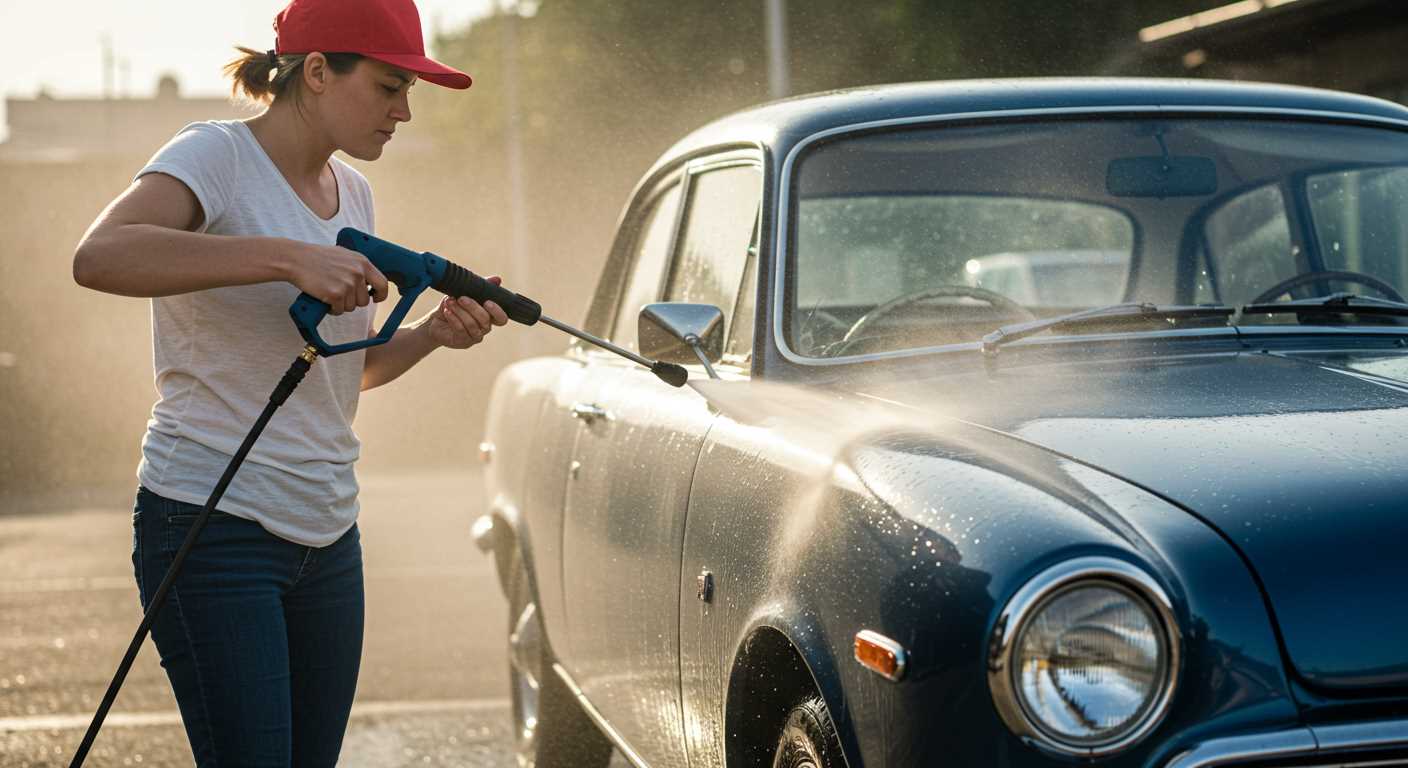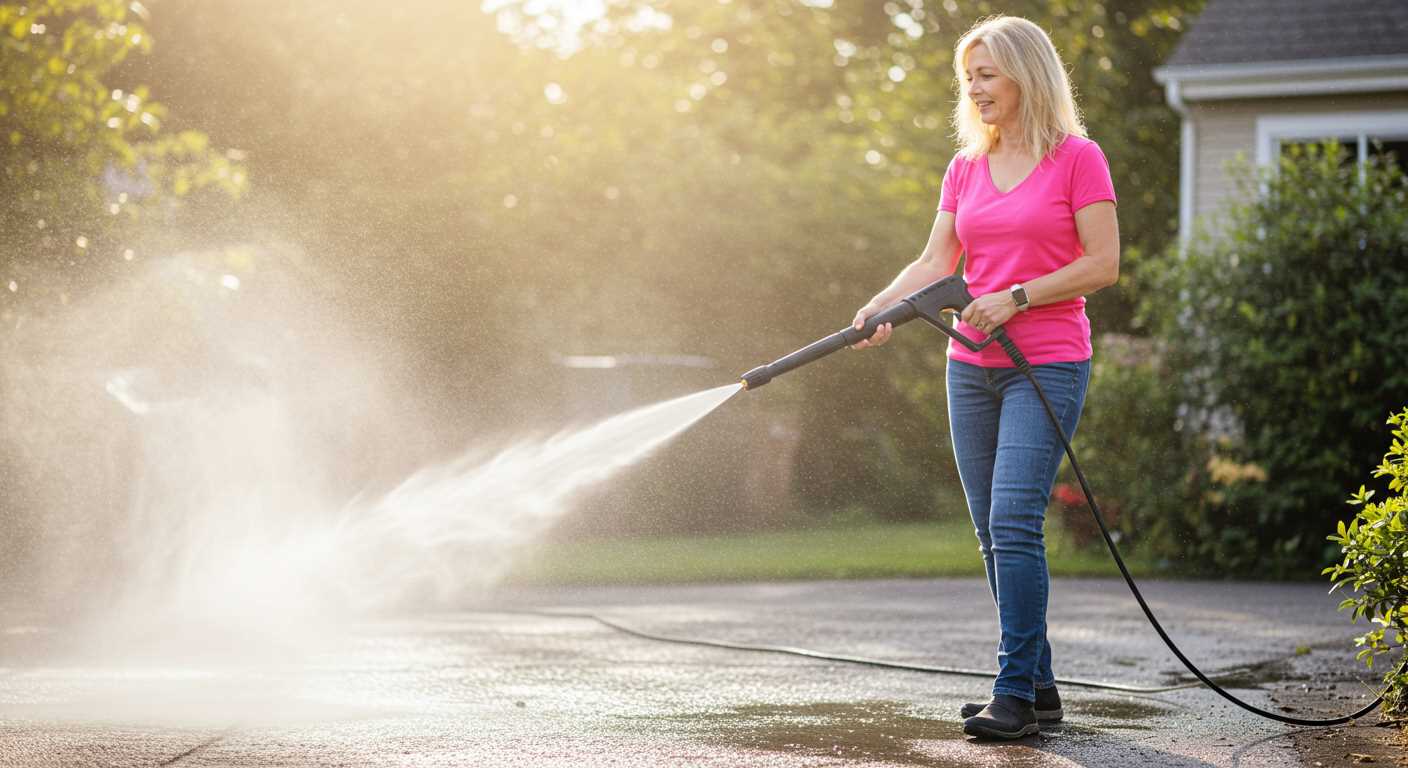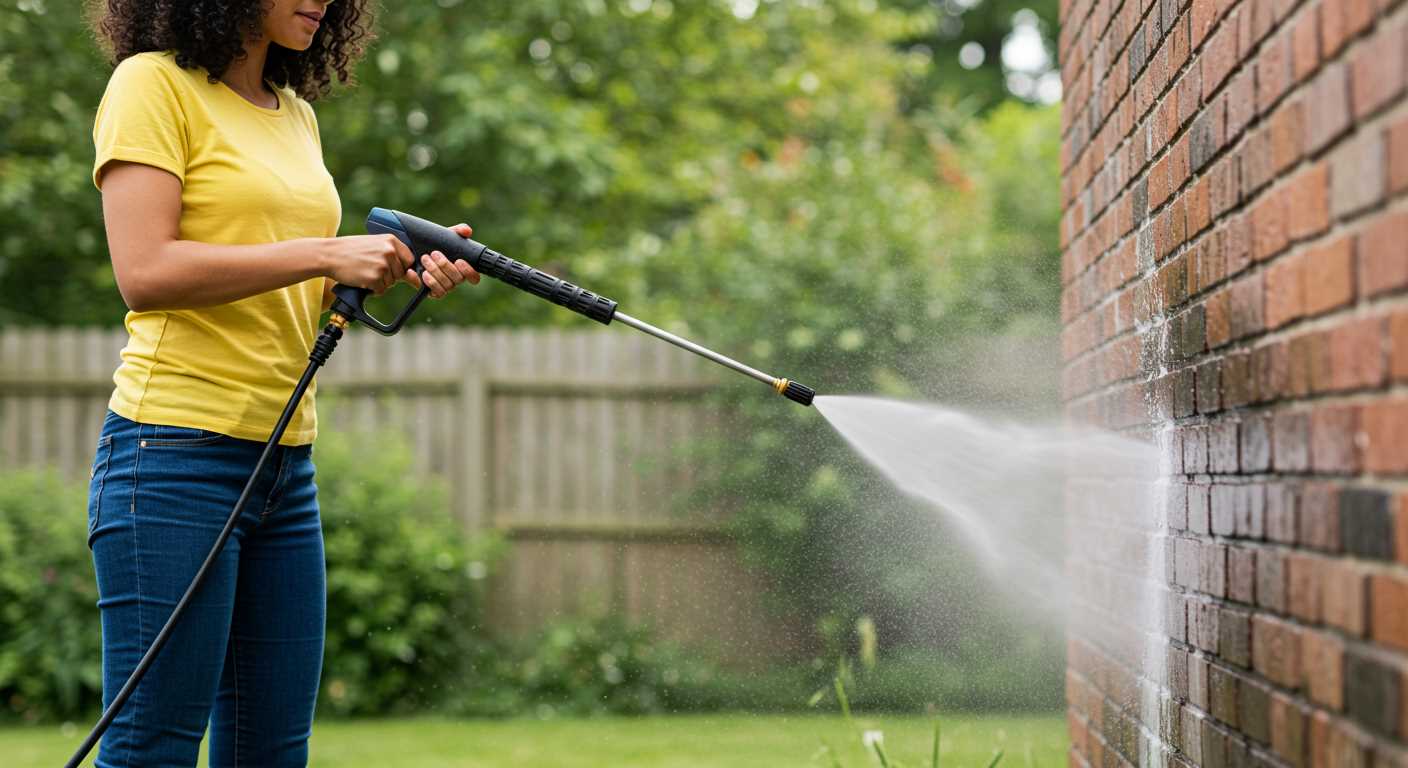In the event that your cleaning device exhibits a drop in efficiency, begin by examining the water supply. Insufficient flow or interruptions can lead to inadequate suction, affecting the unit’s overall performance. Ensure that your hose is properly connected, free of kinks, and that the water source delivers consistent flow.
An assessment of the nozzle is crucial. Clogs can easily diminish performance. Regular maintenance, including clearing debris and ensuring that the nozzle fits securely, contributes to optimal operation. Never underestimate the impact of a clean nozzle on job efficiency.
Next, take a close look at the internal components. A malfunctioning pump or any sign of wear on seals and O-rings can compromise performance significantly. Inspect these elements routinely to prevent pressure issues from arising. If any part appears damaged, replacement should be prioritised to restore functionality.
Lastly, check the hose for leaks. Even small punctures can lead to a noticeable drop in output. A thorough inspection of the hose, looking for signs of damage or wear, is essential for maintaining the necessary force for your tasks.
Factors Behind Decreased Output
Begin with inspecting the inlet filter for any clogs. A dirty filter restricts water flow, which directly impacts performance. Regular cleaning maintains optimum functionality.
Examine the spray nozzle for blockages. A compromised nozzle can drastically reduce the intensity of the stream. Clear out any debris and ensure the nozzle size is appropriate for your cleaning task.
Check the high-pressure hose for leaks or damage. Even minor holes can lead to significant output loss. Replace any worn parts promptly to restore full capabilities.
A defective pump can also be a major contributor to diminished force. Listen for unusual sounds and look for any visible signs of wear. It’s advisable to consult a technician if you suspect pump issues.
Inspect all connections between components. Loose fittings can result in leaks, compromising overall efficiency. Ensure that all connections are tight and secure.
Monitor the water supply. Inadequate water pressure or reduced flow rates from your source can hinder performance. Ensure a steady and ample supply is available.
Assess the detergent used. When the wrong type is applied, it can lead to buildup, affecting the unit’s functionality. Always refer to manufacturer guidelines for detergent compatibility.
Finally, operating temperature matters. If the machine runs in colder conditions than recommended, it may not reach desired results. Adjusting the settings to match environmental conditions can make a significant difference.
Clogged Nozzle and Its Impact on Pressure
Regularly inspect and clean the nozzle to maintain optimal performance. A clogged nozzle is a frequent issue that hampers water flow, resulting in inadequate output. Debris, mineral deposits, or soap residues accumulate over time, obstructing the nozzle opening.
If you notice a significant drop in cleaning effectiveness, check the nozzle first. Remove it and examine for blockages. Running water through the nozzle can help clear most clogs. For stubborn deposits, use a needle or fine wire to gently remove obstructions without damaging the nozzle.
Selecting the right nozzle size is equally important. Using a nozzle that is too small can lead to increased resistance, causing ineffective spraying. Always ensure compatibility between the nozzle and your cleaning equipment to maintain a steady and powerful spray.
During maintenance, I recommend soaking the nozzle in a vinegar solution to dissolve any mineral build-up. Rinse thoroughly before reattaching. This simple step can significantly improve output and enhance the overall efficiency of the cleaning task.
Regular maintenance of the nozzle promotes longevity, ensuring the equipment remains in peak condition. Consistent checks and timely cleaning prevent performance issues, ultimately extending the lifespan of your cleaning tool.
Damaged Hose: Recognising the Signs
Inspect your hose for visible cracks, bulges, or leaks. A compromised hose severely impacts the sprayer’s performance. Pay attention to areas where the hose bends; these spots are prone to wear and tear.
Listen for unusual sounds while operating the unit. A hissing noise often indicates a rupture, resulting in diminished fluid output.
Conduct a thorough pressure test. If the spray pattern is erratic or significantly weaker than normal, it may stem from hose deformation or breaches.
Examine the connections at both ends of the hose. Loose fittings can also result in a loss of fluid flow. Ensure these points are tightly secured to prevent operational issues.
Consider the age of your hose. Older models may have deteriorated materials, leading to frequent failures. Replacing worn hoses can restore proper functionality and enhance overall effectiveness.
| Signs of Damage | Impact on Performance |
|---|---|
| Cracks or Bulges | Reduced fluid delivery |
| Hissing Noises | Potential leaks affecting flow |
| Poor Spray Pattern | Inconsistent cleaning results |
| Loose Connections | Flow disruptions |
| Age of Hose | Material degradation impacting performance |
Immediate attention to these signs will ensure your equipment operates at its best. Regular maintenance, including hose checks, prolongs the life of your cleaning tools and ensures optimal results.
Faulty Pump Components and Pressure Loss

Regular inspection of the pump’s internal parts is crucial. Worn-out seals or gaskets disrupt the smooth functioning of the system. If you notice any leaks around these components, it’s a clear sign that replacement is needed. Over time, wear can also affect the check valves, leading to improper water flow and a decline in output force.
Ensure all connections are tightly secured. Loose fittings can result in a significant drop in efficiency, as water may escape before reaching the nozzle. A loose connection often goes unnoticed but can seriously impair performance.
Listen for unusual sounds during operation. A grinding or whining noise often indicates that internal bearings are failing. Addressing this promptly is essential to prevent further damage to the pump assembly.
Regular maintenance is key. Flush the system with clean water after each use to prevent debris from accumulating. Additionally, periodic lubrication of moving parts will extend the lifespan and enhance the performance of the equipment.
Consider the quality of water being utilised. Hard water can lead to mineral build-up in the pump, causing clogs and reducing efficiency. Installing a water filter can help mitigate this issue.
If you experience ongoing challenges despite these measures, it may be time to consult a professional repair technician. Identifying the root cause promptly can save time and expense in the long run.
Incorrect Pressure Settings: How to Adjust
Begin by identifying the correct pressure setting for your task. Different surfaces require specific levels of intensity. For example, delicate surfaces like wood may need lower settings, while concrete can handle higher pressure. Refer to the user manual for optimal settings based on the surface type.
To adjust the pressure, locate the pressure adjustment knob or dial, typically situated near the trigger handle or on the pump. Turn the knob to increase or decrease the output as necessary. Make gradual adjustments and test the output before proceeding to avoid damage or ineffective cleaning.
Verifying Pressure Levels
.jpg)
After adjustments, use a pressure gauge if available to verify the output. This ensures that you have reached the desired intensity for your cleaning task. If the gauge indicates insufficient pressure despite adjustments, ensure that the settings are locked in place and not inadvertently altered during operation.
Troubleshooting Improper Settings

If you continue to experience issues after adjusting the settings, double-check for any obstructions or malfunctions in the system. Inspect fittings and connections to confirm they are secure. If everything appears in order, a thorough cleaning of internal components may be necessary to restore functionality.
Water Supply Issues Affecting Power Washers
Ensure the inlet hose is connected securely and there are no leaks. Inspect the source of water; if it’s a tap, check for appropriate flow. A simple bucket test can reveal if enough water is being supplied, aiming for at least 5 gallons per minute. If the output is inadequate, consider upgrading to a larger hose or eliminating any kinks that could restrict flow.
Contaminated water can lead to blockages in the system. It’s wise to use a water filter at the source. This prevents debris from entering the system and maintains optimal functionality. Additionally, assess for any issues with the water temperature; exceeding 60 degrees Celsius can heavily affect the components and operational effectiveness.
Consider seasonal changes that can impact water availability, especially in colder months when supply lines may freeze. A thorough inspection of hoses, fittings, and connections before use can prevent unexpected complications. Always ensure there’s a consistent supply to enhance the reliability of your cleaning equipment.
Air Leaks in the System: Identifying Sources
Begin by inspecting all connections and fittings within the assembly. A loose or worn connection can lead to air infiltration, undermining the system’s performance.
Common Locations for Air Ingress
- Gun and Wand Attachments: Ensure tight seals at the interface. Examine O-rings for wear and replace them if necessary.
- Hose Connections: Check for damage or improper attachment points. A presence of water at the joint can indicate air entry.
- Pump Housing: Inspect the pump for cracks or missing seals. Any irregularities might allow air to seep in.
Testing for Air Leaks
A simple method involves applying soapy water to suspected areas. Bubbles forming at a connection point signify air penetration, confirming the need for repair or replacement.
Addressing leaks promptly can significantly enhance the effectiveness of cleaning tasks. Regular maintenance checks on these components ensure they remain secure and functional.
Maintenance Tips to Prevent Pressure Loss

Regularly check and clean the nozzle to eliminate blockages that impede water flow. A thorough inspection allows for the removal of dirt and debris, ensuring optimal spray performance.
Inspect the hose for any signs of wear, kinks, or leaks. Replace damaged sections immediately to maintain a steady flow and avoid reduced output. Keeping hoses properly coiled when stored also helps prevent future damage.
Flush the system with fresh water after each use. This action prevents buildup and sediment from collecting in internal components, which can lead to functionality problems over time.
Ensure all fittings are tightly connected. Loose connections can result in leaks that diminish output. Check seals and gaskets for wear, replacing them as necessary to maintain a secure system.
Regularly examine and service the pump. Clean or replace the inlet filter, which often traps dirt that could impact performance. Lubricate moving parts according to the manufacturer’s instructions to keep the system running smoothly.
Keep the water source at an adequate level. Insufficient water can lead to a drop in operating efficiency. Always use a clean, consistent supply to enhance performance.
Adjust settings according to the task at hand. Incorrect configurations can lead to inefficient operation, so familiarize yourself with the recommended pressures for different cleaning jobs.







